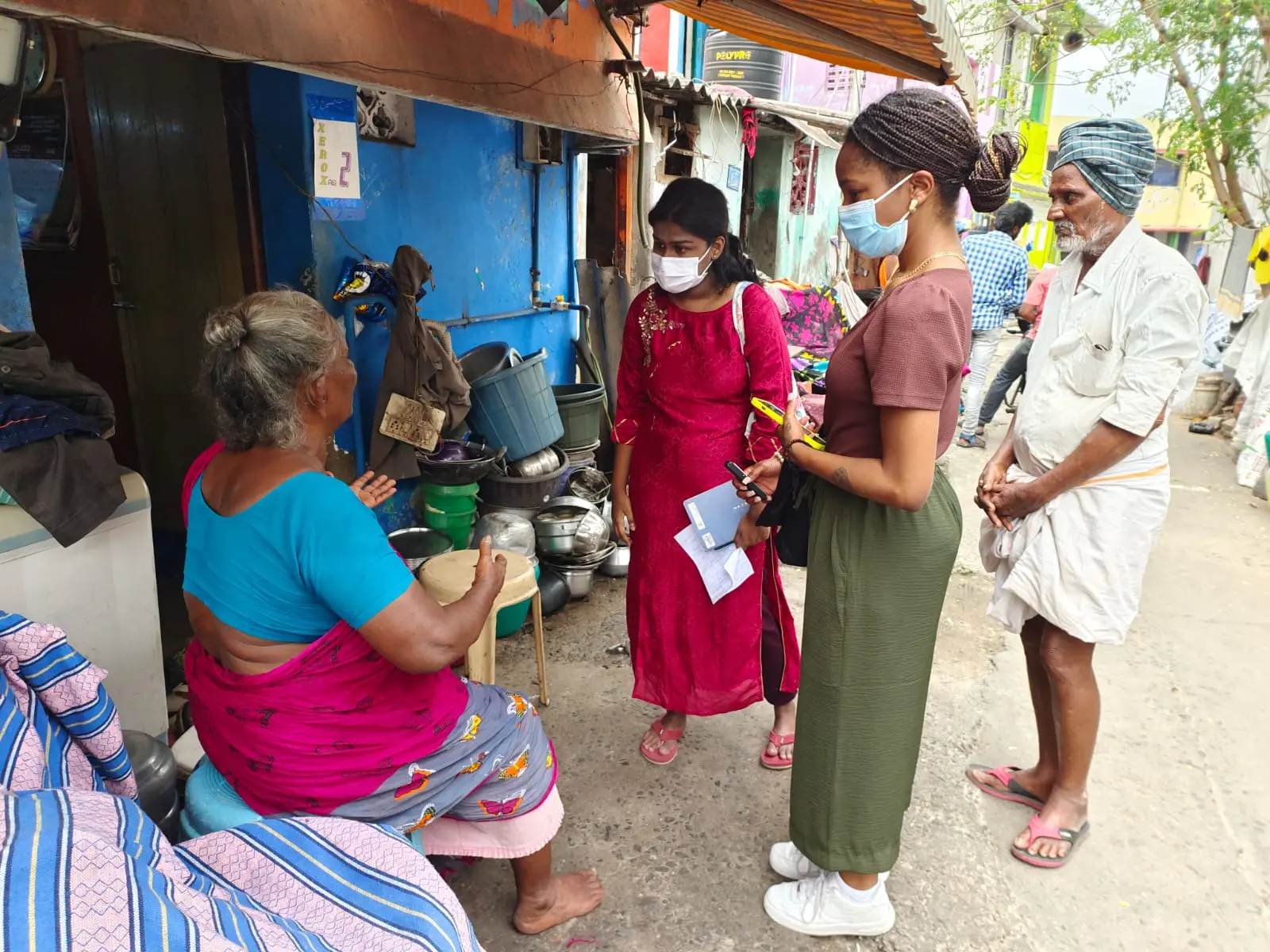
“There are a lot of white people in America, huh?” Simbu, the pool attendee asked me during one of my interviews on my 13-day trip in Chennai, India.
Simbu told me that he and his new bride were moving to Wisconsin in August to coach swimming at one of the colleges there. I couldn’t help but laugh at the scrunched-up expression on his face when he asked me about American demographics. Before Simbu, I had never personally met non-Americans with anxiety about being outnumbered by white people.
As excited as I was to be reporting and exploring in Chennai, Simbu couldn’t have been more excited to leave the city of more than 8 million people to start his new life.
“It’s crowded and dirty here,” Simbu said. “Plus, I’ve been here my whole life so I’m ready for a change. Isn’t everyone famous and fun in America anyway?”
He had never been to America.
My first experience in India made me realize that I have never experienced a day without racism before traveling to Chennai.
Whether it be microaggressions at school or work, taunting from strangers, Eurocentric beauty commercials, whitewashed history lessons, casual slurs from non-Black people, hyper-surveillance from sales associates—I could go on and on—the reminders of negative stereotypes about Black people are a constant in my daily life.
I didn’t experience any of that during my trip to southern India, though. My brown skin didn’t stand out because everyone was brown; I was given the same respect as everyone else I saw, with all strangers and new acquaintances referring to me as “madam.” I will admit that one person asked to touch my waist-length box braids, but we had already built such a friendly rapport as she had helped me navigate the South Indian-style buffet at the hotel every day.
The white gaze is something that I’ve been annoyingly familiar with since I was a child. It’s more than a stare. It’s heavy. It’s invisible and omnipresent. It uplifts white lifestyle and identity standards while disparaging the traits and cultural aspects that are unique to Black culture. Under the white gaze, Black skin is impure, Black hair is unkempt, African American Vernacular English is improper, Black culture is only acceptable as novelty, and Black life is worthless.
As a Black woman, I had empathy for Simbu. Given his limited perspective of life in America, I knew he would be in for a rude awakening. I knew that his dark skin, thick accent, and immigrant status would make the transition from successful coach in Chennai to new coach in Wisconsin challenging and maybe even uncomfortable.
The CIA World Factbook estimates about 72% of India’s more than 1.8 billion population is of Indo-Aryan heritage while about 25% of the population is of Dravidian descent. Dravidian heritage is identified by a family of languages spoken in South India and Sri Lanka. The remaining 3% of the population identifies outside of those two main ethnic groups.
Most of the people I saw, spoke to, and met with during my trip were of darker complexions.
“I would’ve thought you were South Indian if you didn’t have your braids,” said Saba Ibrahim, one of my trusted (and hilarious) translators and guides through Chennai, the first day we met in person. “Even some of your features are South Indian.”
Simbu, and most people in Chennai, are of Dravidian descent, according to the 2021 Census of India. Similar to the dynamic that I have experienced in the U.S., there is tension between lighter-complexion Indo-Aryan people in the north of India and darker-complexion Dravidian people in the south. Even though India is still susceptible to colorism, casteism, and discrimination due to capitalism, Simbu said that—for the most part—he grew up around people who look like him.
Unlike Simbu, I have spent my entire life in an ethnically heterogeneous country as a—and arguably the least favorite—minority.
“There are three things that matter most to us Indians,” said Sheela Monica-Joseph, my other trusted (and spiritually devoted) translator and guide. “Your family, your God, and your fellow Indian. Nothing else matters more than those three things.”
The majority of my metropolitan experience has been in New York City, a melting pot of nearly 8.5 million residents with various ethnicities, nationalities, and combinations of the two. From experience, America’s melting pot has created a beautiful blend of cultural backgrounds and experiences that influence one another to become new variations of themselves. In that same pot, the combination of so many identity groups and hyper-individualism as an American cultural trait have created a hostile every-race-for-itself mentality that keeps Americans at odds with one another.
Racism against Black people is a direct result of that mentality.
On June 20, 2022, at 23-years-old, I experienced my first day out from under the white gaze. Before being free from it, I never realized how much I had normalized the presence of racism in my day-to-day life. It reminded me not to get comfortable with hate—to always treat it like the poison that it is. Even though the frustration I can’t help but feel from being born in a country that hates me and hated those who came before me is persistent, I must remember that there is so much love beyond America.
On my final day in Chennai, I took time to thank every interview subject, professor, architect, local resident, receptionist, waiter, housekeeper, driver, valet, student, and hotel guest who played a part in making me feel so welcome during my first solo journey to a new country.
Even 8,366.1 miles away from home, the people I met in Chennai helped me feel more accepted in my own skin than I have ever felt in my home country.








